The (Mis)Adventures of My Backyard Aquaponics Dream
You know, when you live in a small town like mine, you’ve got to find ways to keep busy. With not much more than a hardware store and a handful of restaurants that all serve the same meatloaf special, I found an itch I hadn’t scratched: aquaponics. There I was, one rainy Saturday afternoon with nothing but time and a wild idea, my laptop humming in front of me and a cup of coffee that was getting colder by the minute.
I had read enough online to convince myself I could build something marvelous. An aquaponics system! It sounded like a blend of high science and backyard simplicity—a fish tank and a garden, thriving together in a beautiful symbiosis. Who could resist?
Enter the shed. You know the place—the one filled to the brim with disused tools, broken bike parts, and odd bits that could only be described as “you never know.” I dug out an old aquarium my brother left behind when he moved out—a cracked beauty that had survived a few relocations. I patched it up with some clear tape I found at the bottom of the toolbox. I thought I was a genius. This was going to work!
Next up was the fish. I ran to the local pet store, where I laid eyes on some lovely little tilapia. “Ah, yes,” I thought, “the hardy, resilient fish!” Little did I know, they also come with a knack for surprising first-time aquaponic enthusiasts. I bought a handful, coaxing the store owner into throwing in a few extra for good measure. A classic rookie mistake was paying little attention when she explained the need for a proper balance of ammonia and nitrites. I just nodded along, thinking I’d solved the world’s food crisis in my backyard.
Setting up that first day felt magical. I nestled the fish in their shiny new home, added water, threw in an air pump to keep the little guys from suffocating—and then came the lightbulb moment. I had a couple of flower pots and some old wooden pallets lying around. “Why not use them for my plants?” I thought. Tying them together with some twine I found in the shed, I fashioned a makeshift raft system for the roots.
Then came the weirder part. I grabbed some seedlings from the grocery store. In a burst of ambition, I tossed in herbs I couldn’t pronounce—basil, cilantro, and kale. It was like horticulture bingo! I felt like a proud parent.
But then, the smile faded. Day by day, I watched the water morph from crystal clear to a murky green. “Isn’t this supposed to be clean?” I muttered, squinting at the glass. I checked the air pump, then checked again. I slapped my forehead, realizing I forgot to cycle the water. Oh boy.
I thought I’d nailed the whole thing until one dreary Tuesday afternoon when I found my poor tilapia belly-up. My heart sank. The water smelled rotten, like a forgotten lunch in the bottom of a gym bag. On the verge of giving up, I sat on the back porch, looking over my abandoned fish tank and the neglected plants wilting in their rafts.
That night, with a couple of friends over to drown my sorrows in beers, my buddy Kyle asked if I’d thought about just getting another batch of fish. “Nah, it’s too much work,” I said, eyeing the remains of my idea. But something about his suggestion sparked something in me. I began doing more research—reading articles, watching videos, and absorbing the wealth of information I’d previously overlooked.
I learned how beneficial bacteria were meant to convert the fish waste into nutrients for the plants. Who knew? I decided it was worth repairing the whole setup rather than scrapping it. Armed with a bucket, some fish-safe conditioner, and a lot of elbow grease, I drained the tank, scrubbed it within an inch of its life, and started over.
This time, I’d learned some vital lessons through the trials. I invested in a water testing kit—a game changer, if I’m being honest. I also picked up a few less-ambitious fish, opting for goldfish that seemed hardier and a tad less tragic than tilapia. “They’re decorative,” I justified to myself, “and a bit more forgiving.”
After several ups and downs, I got the equilibrium right. The water finally cleared! The plants began to sprout, the roots sneaking through the rafts like shy children on a playground. I felt like a proud parent again when I picked my first basil leaf. To think, this all started as a whim on a gloomy Saturday!
The memories of fish flopping and murky water faded away as I sipped coffee in my backyard, staring at the green oasis I’d finally nurtured. I discovered that aquaponics wasn’t just about the fish or the plants. It was about patience and persistence, about finding joy in mistakes and tempering expectations.
So, if you’re sitting on the edge of your seat, debating whether to dive into the aquatic world of aquaponics, I say go for it! Don’t worry about perfection; experiment, break things, and learn from every misadventure. Trust me, every pregnant pause where you think you’re sinking is really just a step towards getting it right.
And who knows? Maybe you’ll end up with some flourishing plants and a few catalysts of thought swimming around to keep you company.
Join us for the next session of our backyard exploration, where we can swap stories, share some laughs, and embrace the beautiful mess that comes with trying something new. Reserve your seat.
Let the adventure begin!

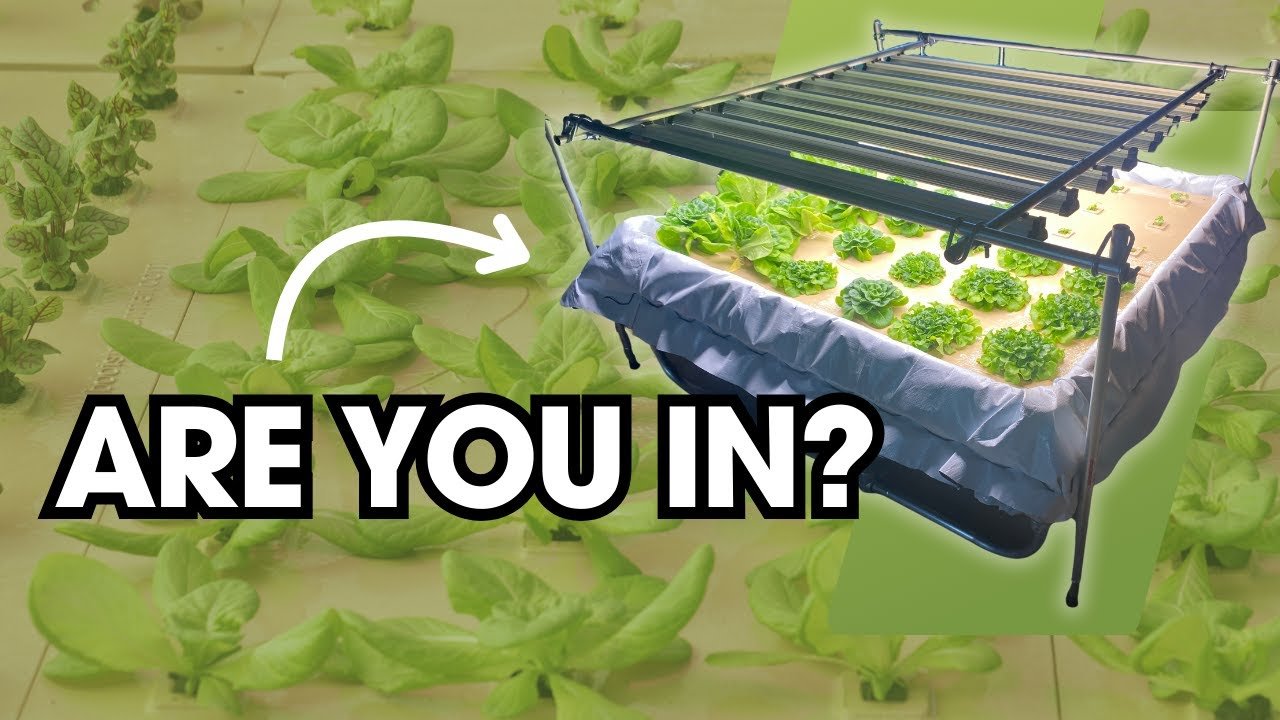
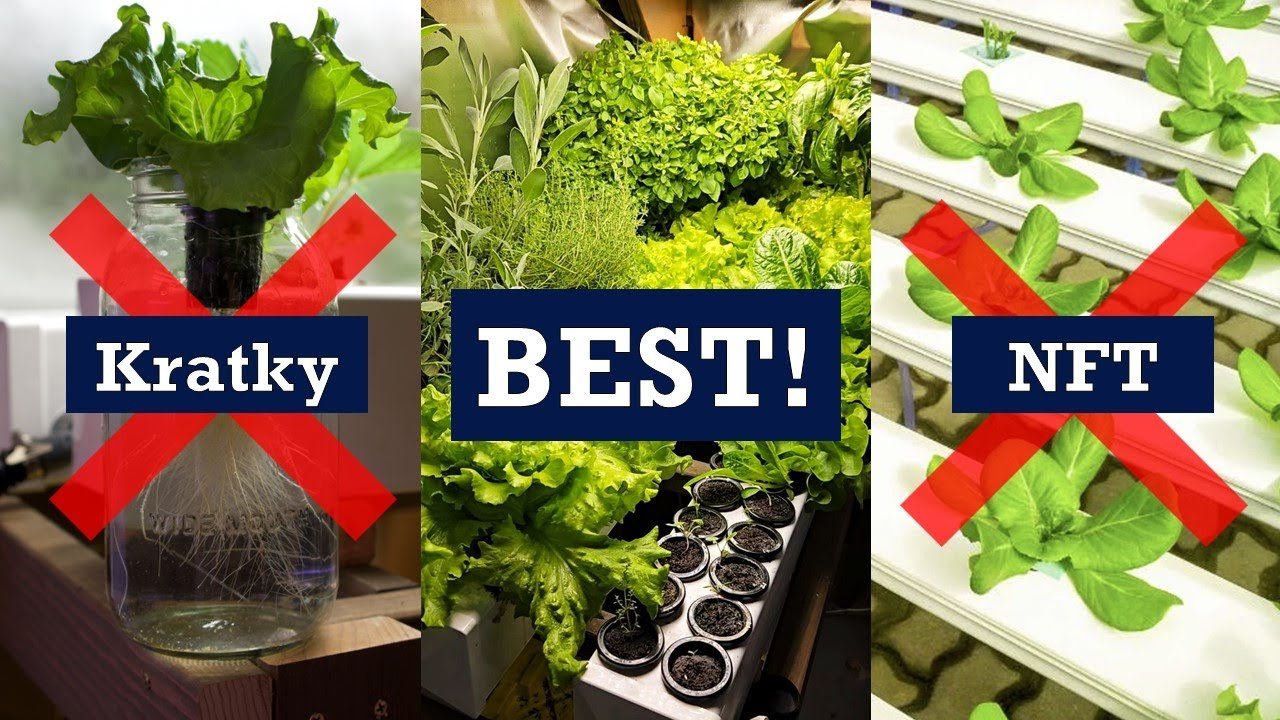
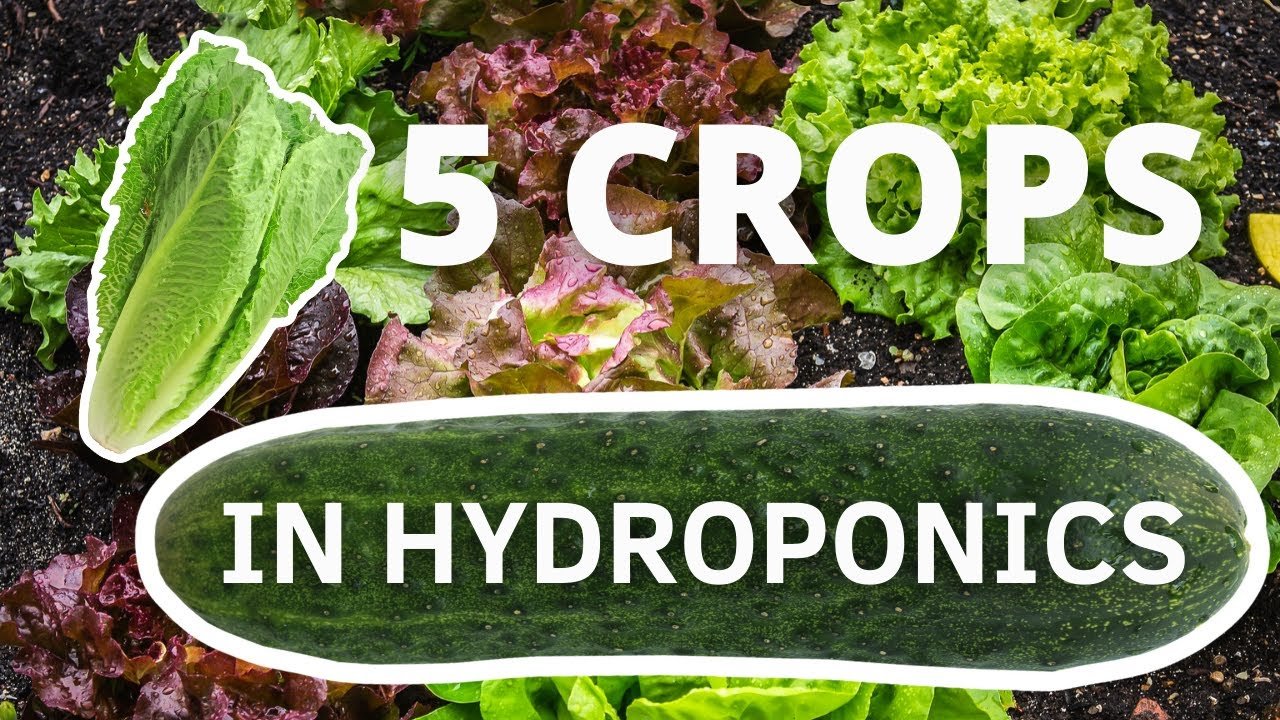
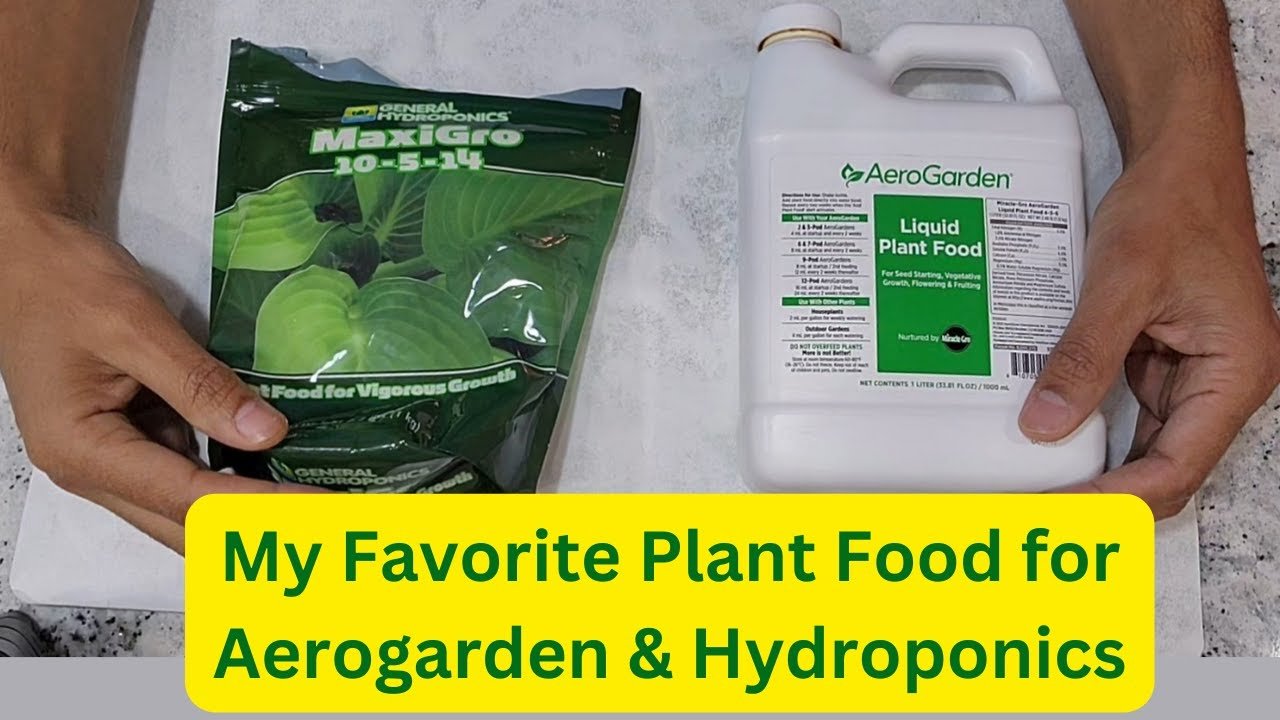
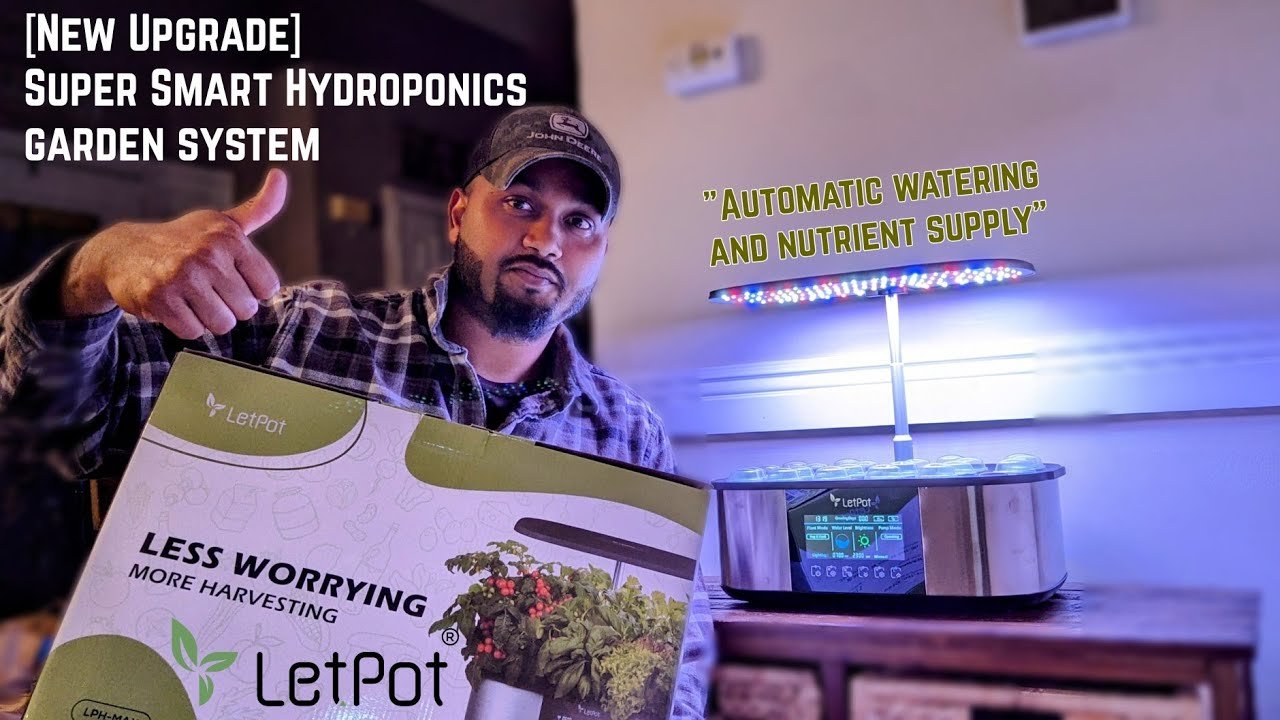
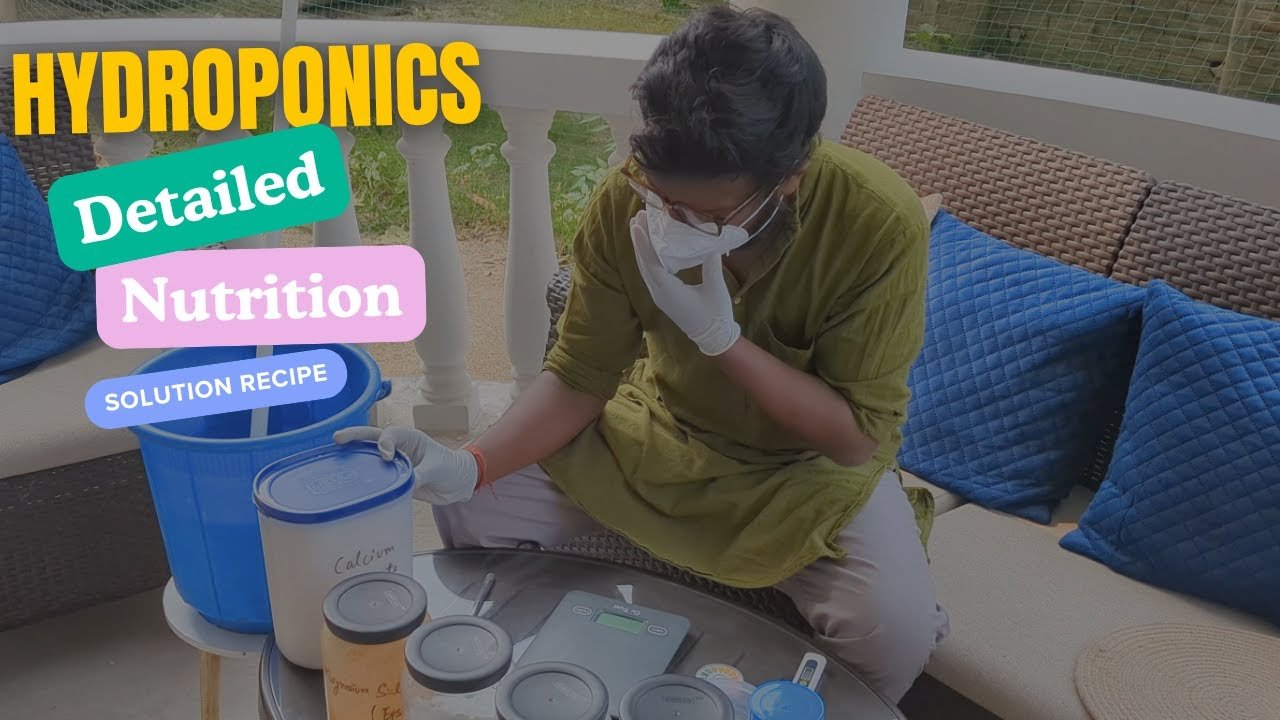
Leave a Reply